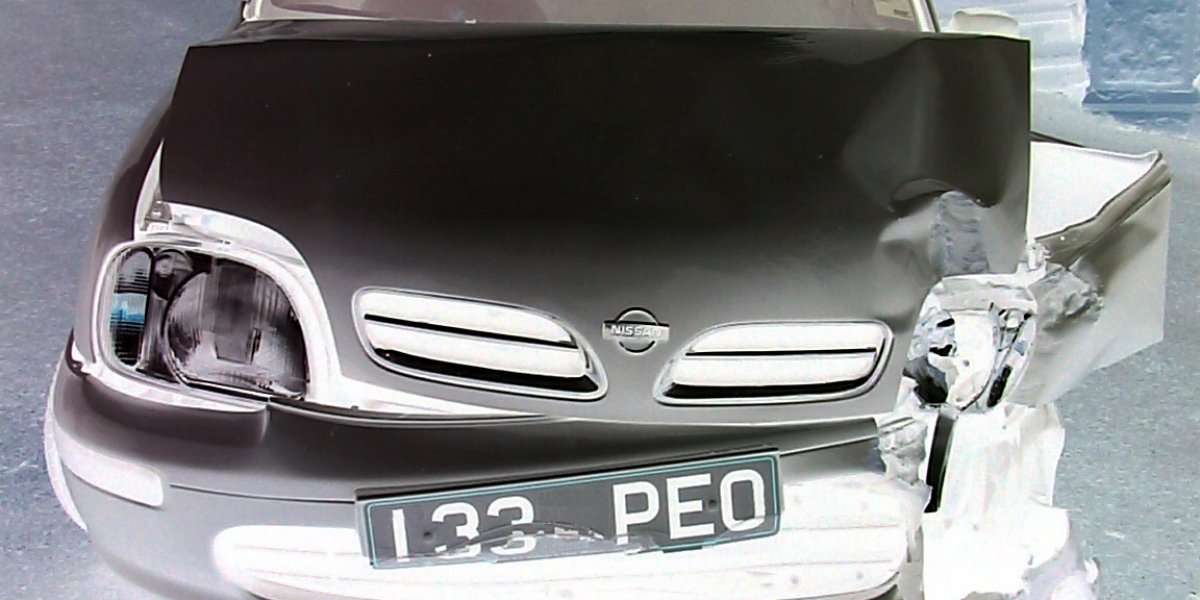Across Sydney, hundreds of old cars reach the end of their driving days each year. Some sit unused in garages, while others are left at the edge of roads or sent off to scrap yards. Yet, behind what seems like a simple disposal lies a fascinating process that transforms worn-out vehicles into valuable materials and even helps protect the environment. The journey from rust to renewal shows how old cars in Sydney are far more than piles of metal. They are part of an ongoing cycle that links engineering, sustainability, and community progress. https://cashmyscrapcar.com.au/
The Beginning: When Cars Reach Their Final Stop
Every vehicle has a lifespan. Over time, engines weaken, parts corrode, and maintenance costs rise beyond reason. When repairs no longer make sense, these cars enter what is often called the salvage stage.
In Sydney, many of these vehicles are collected through recycling networks, towing services, or direct drop-offs to licensed scrap yards. Each car is carefully inspected to identify what can be reused or recycled. Contrary to the idea that scrapping is wasteful, this stage plays a vital role in reducing the amount of metal and plastic that would otherwise end up in landfills.
Step One: Safe Dismantling and Fluid Removal
Once a vehicle arrives at a salvage yard, it undergoes a thorough dismantling process. Every car holds several fluids such as oil, brake fluid, and coolant, all of which can cause serious harm to the soil and water if released. Licensed facilities in Sydney follow strict environmental rules that ensure these fluids are drained, stored, and treated safely.
Batteries, tyres, and airbags are also removed because they need special recycling methods. Many parts, such as alternators, radiators, and gearboxes, are cleaned, tested, and prepared for reuse. This stage allows useful materials to find a second life in other vehicles or industries, helping to save natural resources.
Step Two: Sorting, Shredding, and Metal Recovery
After all reusable components are removed, the remaining shell is sent for shredding. Industrial machines crush and break down the car into small pieces. These fragments are sorted using magnetic systems and air separation techniques that divide steel, aluminium, copper, and plastic.
Australia imports millions of tonnes of raw materials each year. Recycling metal from salvaged cars reduces this dependency. The steel industry in particular benefits from recycled scrap because it uses less energy and water compared to producing new steel from raw ore. This process helps Sydney lower its carbon emissions and contributes to a cleaner, more sustainable urban environment.
Environmental Contribution of Car Recycling in Sydney
Recycling vehicles is not just an economic activity; it is an environmental responsibility. According to data from the Australian Bureau of Statistics, recycling one tonne of steel can save about 1.1 tonnes of iron ore, 630 kilograms of coal, and 55 kilograms of limestone. Multiply that by the number of cars recycled each year, and the impact becomes significant.
By processing salvaged cars, Sydney’s recycling industry helps limit greenhouse gas emissions, reduces landfill waste, and supports the reuse of valuable resources. Tyres, for example, are converted into products like road surfaces or playground materials. Glass from windshields is often transformed into fibreglass or construction materials. Nothing truly goes to waste when recycling is handled correctly.
The Role of Technology in Modern Salvage Operations
While the process may appear mechanical, technology plays a major role in modern car recycling. Advanced equipment now helps separate materials more accurately, improving recovery rates. Some facilities in Sydney use computer-based systems to identify reusable parts faster, reducing manual labour and increasing productivity.
In recent years, electric vehicles have added new challenges to salvage operations. Their batteries require special handling and recycling processes to prevent environmental damage. Sydney’s recycling sector is adapting to this change through research, training, and investment in specialised equipment.
Community and Economic Impact
The salvage and recycling industry supports thousands of jobs across Sydney, including transport workers, mechanics, sorters, and metal refiners. Many local businesses depend on second-hand auto parts sourced from salvaged cars, which offer affordable solutions for repairs and maintenance.
In addition, recycling promotes local industry growth. When materials are processed within Australia, it reduces the need for overseas imports and strengthens the domestic manufacturing sector. It is a cycle that keeps resources within the country while reducing environmental harm.
From Scrap to Something New
What starts as a rusted shell often ends as part of something new — perhaps a building beam, a new car body, or even an everyday household item. This transformation highlights the ongoing value of what many people see as waste.
The phrase Cash for Old Cars Sydney Wide represents more than just a transaction; it reflects a system that values sustainability, innovation, and environmental care. Every salvaged vehicle contributes to a chain of renewal that benefits the city, the economy, and the planet.
Conclusion
The journey of Sydney’s salvaged cars tells a story of change and renewal. It begins with vehicles that have outlived their use but ends with valuable materials re-entering the economy. Through responsible dismantling, recycling, and reprocessing, Sydney’s car salvage industry demonstrates that even rust has purpose.
From rust to renewal, these cars remind us that endings can lead to new beginnings. What once powered the roads of Sydney now powers its future — one recycled vehicle at a time.







